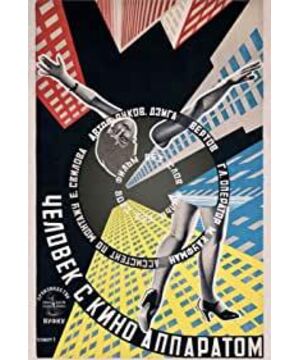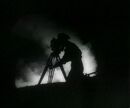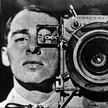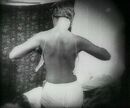"movie eye" (Kino-eye).
He advocates comparing the film camera to "the eyes that catch life unexpectedly", that is, the creative concept of "I observe" + "I think". Djiga Vertov's "The Man with the Camera" makes this theory vividly displayed.
From the beginning of the movie when the audience was seated, we seemed to have fallen into the bizarre trap that the director carefully planned early in the morning. The film records an urban symphony of the life of the people of the former Soviet Union. The camera acts as the audience's point of view. Under the exquisite interpretation of "movie eyes", we are almost on the streets of Odessa, Ukraine in the 1920s, witnessing this scene with our own eyes. Dawn sunset and bizarreness of the city. Our eyes sweep quickly or freeze slowly, and sometimes it seems as if the world has been turned upside down by a heavy punch, and we travel through this ordinary and real city to experience the most ordinary and real life.
How real is the ordinary? As a proponent of the art of "real cinema", Djiga Vertov opposes all elements with artificial color and artistic processing. The whole film has no actors, no script, and no pre-set emotions, and only through dizzying montages , screen segmentation, double exposure and other editing techniques, bring the endless flow of horses and horses, the non-stop portraits and the true urban rhythm to our vision. When three milestone stories of life—wedding, funeral, and childbirth—are simultaneously staged in different corners of the same city, such a strong and soul-shaking contrast appears every day, which is truly embarrassing. When the lively market salons, pleasant games, and crowded city streets come into view with brisk music, and then quickly calm down, this is the real life and the real us.
It is worth mentioning that the film's cameraman - the director's brother - the form of "self-reflection" pioneered by Mikael Kaufman exposes the cameraman himself to the film, and also inadvertently brings us to "" Pulling back and forth between the alternation of "virtual" and "real". When we are immersed in the pages drawn by the eye of the camera, some outdated cameras and the theaters that are about to end bring us back to reality. The movie that the audience sees—the movie we see. Suddenly realized, lost in this strange trap, a little unwilling, but not bad.
In the lens of me holding the camera, you were chatting and laughing in the back seat of the bumpy car, and inadvertently meeting my eyes, did I also appear in the lens of you holding the camera?
As the camera jumps at the sunrise and sunset in the city, and the cars come and go, we are bystanders, we are the characters in the play, we are watching other people's lives, and we are also watching our own lives.
This is wonderful.
View more about Man with a Movie Camera reviews







